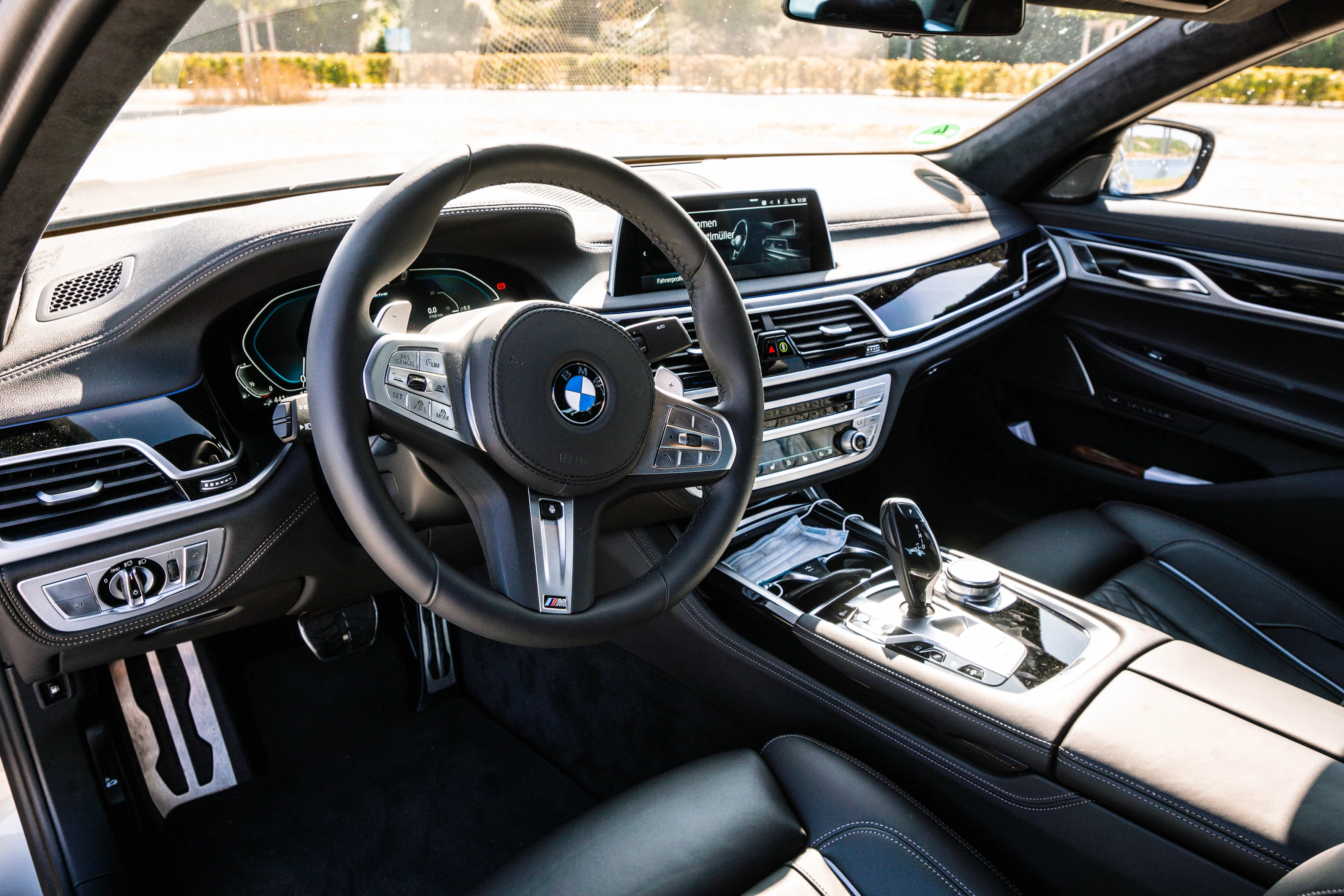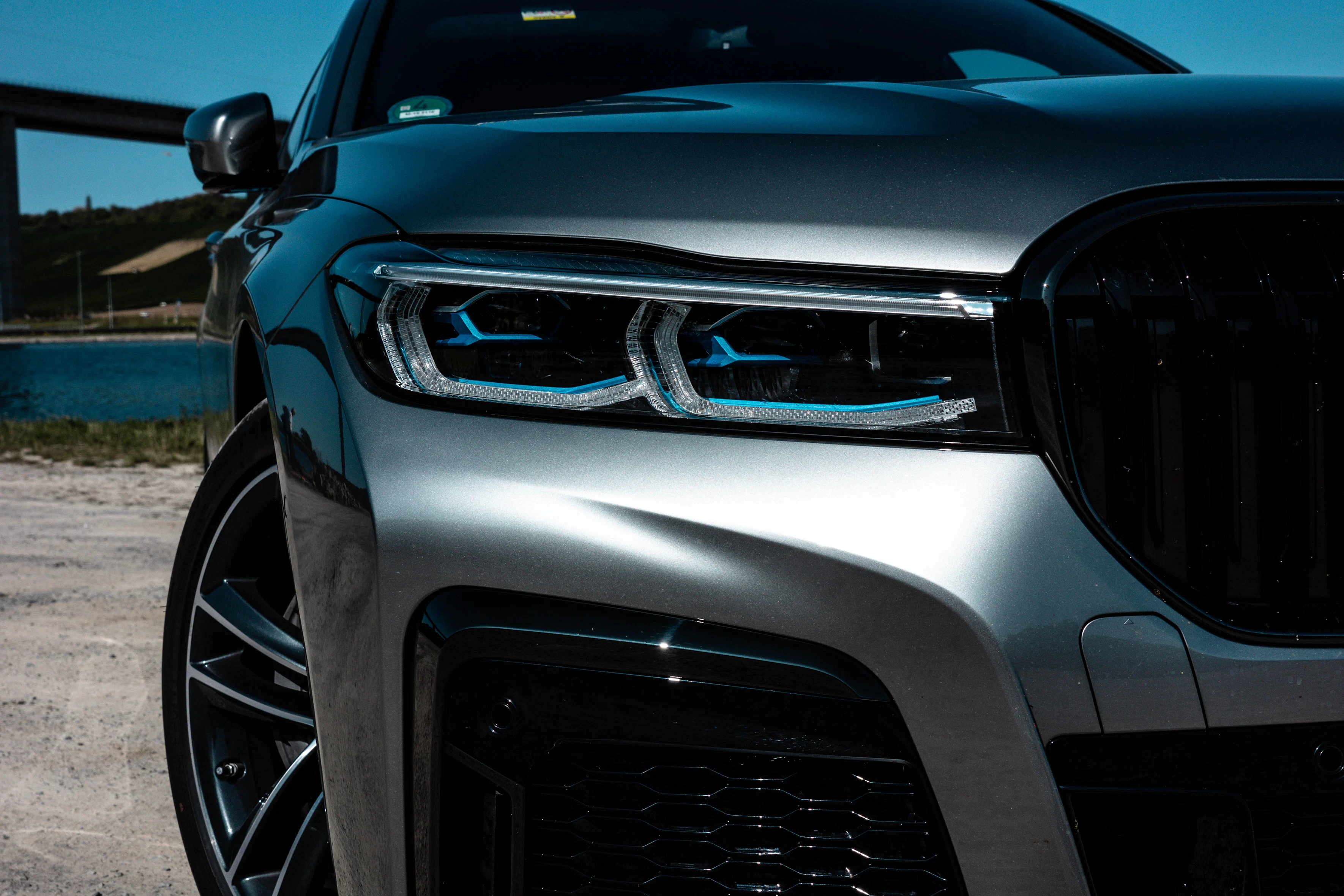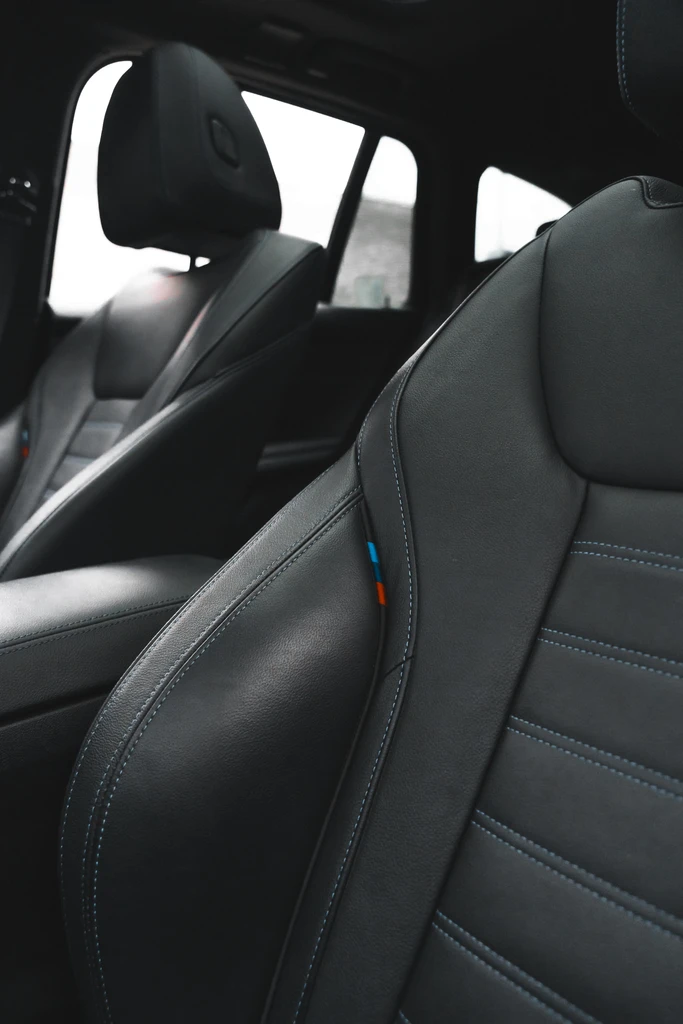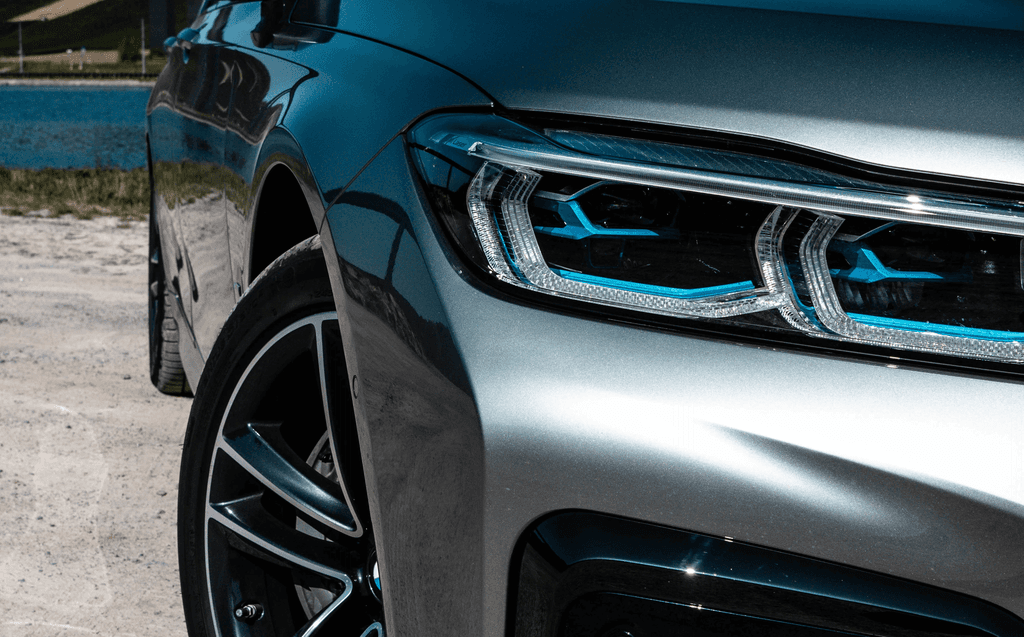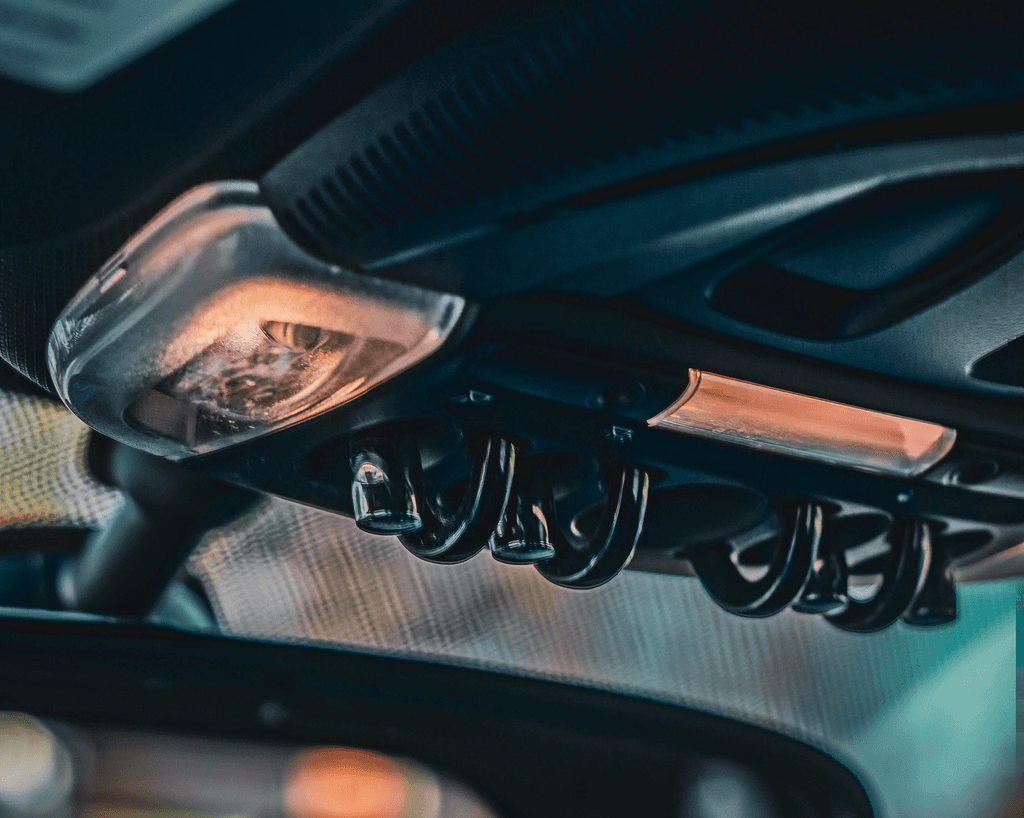Overview
In recent years, the BMW 7-series has evolved from sports sedan to plush luxobarge, and the 2021 model follows suit. Its soft suspension, quiet cabin, and pampering luxury features make it an appealing limo for affluent buyers, most of whom won't mind if their chauffer isn't particularly entertained by the car's almost lifeless helm. A host of powertrain options is offered, ranging from the 320-hp inline-six to a fire-breathing twin-turbo V-12.
Interior
The lead-footed among us may disagree, but the base powertrain—a turbocharged inline-six—in the 740i is perfectly suitable for this car's relaxed nature. It still provides plenty of gumption when you need it, but otherwise it's quiet and smooth, so it's the one we'd recommend. Plus, its lower starting price frees up your money to go toward some luxury interior features.
We'd splurge on the Driving Assistance Professional package—a semi-autonomous driving mode that is particularly useful in traffic jams—so we can relax and let the car do some of the work. The price of the 2021 BMW 7-series starts at $87,795 and goes up to $158,795 depending on the trim and options.

Priya Natarajan
The Widebody version looks cooler with its flared fenders and handles better, thanks largely to wider wheels and tires, so that's the one we'd choose. Despite the fact that the SRT Hellcat is all about excess, we wouldn't opt for the Redeye model that increases power to nearly 800 horses.
Exterior
The mad scientists at Dodge's SRT laboratory pulled a Samuel L. Jackson and went all Old Testament with the almighty Hellcat engine. The standard setup makes "only" 717 horsepower, and the version in the Redeye pumps out 797 horses. The 807-hp Super Stock model features dedicated equipment for drag racing. Paired with an eight-speed automatic transmission, the last Challenger SRT Redeye Widebody we tested roared to 60 mph in 3.6 seconds and completed the quarter-mile in 11.8 seconds at 125 mph.
If not for the thirsty 12-cylinder M760i, the 7-series lineup overall would have an impressive set of EPA fuel-economy ratings. The six-cylinder 740i and 750i both returned better-than-average fuel economy on our 200-mile real-world highway fuel-economy test route at 30 and 29 mpg, respectively. The 745e plug-in hybrid model uses a 12.0-kWh battery pack located in the trunk and is said to provide up to 16 miles of electric-only driving. The pack can be recharged using 110-volt, 220-volt, or DC fast-charging systems, the latter two of which are the recommended ways to add juice quickly.
Specs
That was acceptable when its cars were more about the serious business of driving. Lacking that ethos, the latest 7-series affords occupants the bandwidth to notice build quality, materials, and design that are merely average for this rich class. Sure, it's spacious, but so is every limousine in this class. Sure, it's luxurious, but one turn in a Mercedes-Benz S-Class or even the Genesis G90, and you'll be left wanting more from a car that starts well north of $80,000. Volumetrically speaking, the BMW's trunk has competitors such as the Cadillac CT6 and the G90 licked.
Summury
The Challenger interior was redesigned for the 2015 model year with a driver-centric layout, straightforward switchgear, and better materials. The SRT twins have standard leather finery, unique badging and gauge colors, and heated and ventilated front seats. Despite its roomy cabin, the plastics still look cheap, and visibility to the rear is poor. The Dodge held six carry-ons in its trunk and an impressive 15 total with the rear seat stowed.
3.96
Based on 68 customers feedbacks and reviews
The Good
While it's not as much fun to drive as we expect a BMW to be, the 7-series has the comfort part of the luxury car equation down pat.
The Bad
Fussy infotainment gesture controls, lacks the athleticism of past 7-series models, entry-level trim doesn't impress.













